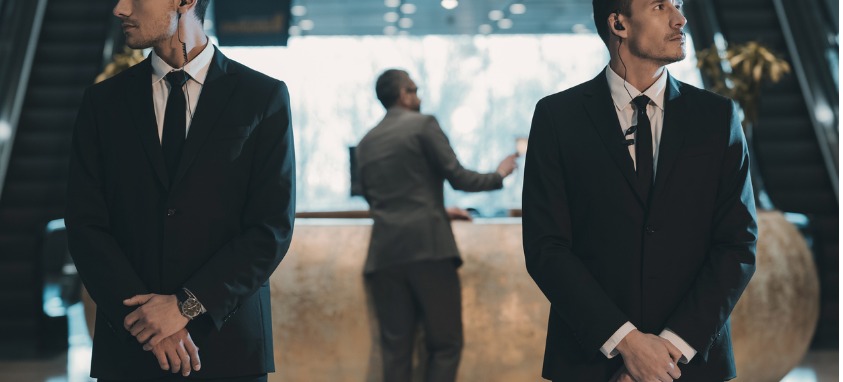As we watch news on TV or online, our brains hear things that scare us. If it’s not the upcoming weather forecast or flood warning, then it’s the scare of contaminated food, causing illnesses. For meeting professionals, these nerve-pulsating newscasts could be creating extra stressors, as those items might also influence our conferences, such as weather that grounds planes or sicknesses that prevent travel.
There is a bright side, however. We, as planners, can prepare for when bad things happen. As a matter of fact, we even have the power to prevent or mitigate some of them. Starting with our site selection, we can begin the process of helping to keep our attendees safer.
Here are a few simple things to do during your next hotel or venue inspection.
Include Safety at the Walk-Through
Planners are used to being guided around a property by sales staff, banquet folks and conference serves managers. Next time, request someone from hotel security to go along for the stroll. It is a great time for the venue to point out emergency exits and fire extinguishers, describe how the hotel meets local and state codes and regulations, and even talk about the venue’s emergency action plans.
More: The Essential Emergency Plan Checklist
Ask About First Responders
As you’re checking out the meeting space and the guest rooms, ask which hospital is nearest, what police agency has jurisdiction and where the hotel’s access points are for fire trucks, ambulances and other first responders. You want these areas to be free of charter busses, delivery trucks and the like. The time is also ripe to ask about future building and road construction, which could block easy in-and-out access.
Keep Bad People Out
The site visit is a great opportunity to check out the venue’s security system. Ask about security cameras and security staffing. (How are they identified? Do they go through background checks and training?) See if lighting is adequate in parking garages, outdoor function space and other places your attendees might visit after nightfall. See what parts of the venue are only accessible with keys and what areas get locked up at night.
More: Your All-Encompassing, Need-to-Know Security Guide
Ask About Back of House
Although some venues might not let you have access to view back-of-house areas, it doesn’t hurt to ask. Make sure they provide clear hallways free of clutter and items that might hinder an emergency exit or provide a hiding place to unauthorized people. If the food service or kitchens must meet certain local health codes or regulations, confirm that they do, either by visual inspection or written certification.
Don’t forget to include ADA compliance in your walk-through and confirm the venue is prepared to assist with any attendees that might have special needs during an evacuation.
These few tips will get your started—and you might organically begin to ask other questions to make sure you’ve chosen a site that’s both safe and secure.
Alan Kleinfeld, MTA, CMM, CMP, LEO, has more than 25 years of experience in meeting management and more than 15 years in public safety. He’s a seasoned speaker, writer and educator and offers safety tips on topics including site selection, emergency operations and event safety.
Read more about security issues affecting the meetings industry in Dan Johnson’s story, “Call to Action: Security Threats Require Planners to be Proactive” in the April issue of Smart Meetings.




